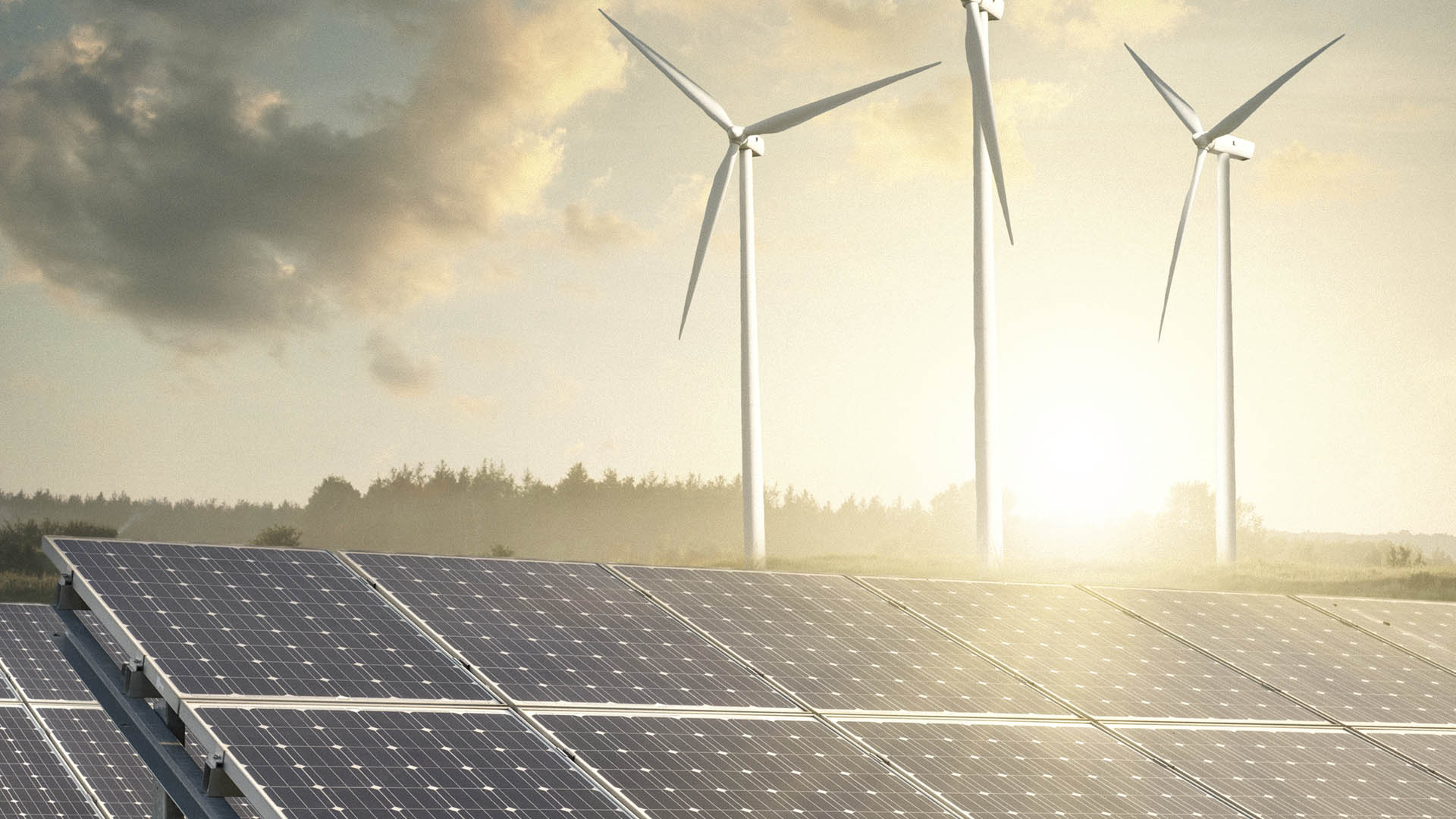Riding the Green Wave in Emerging Markets
View PDF
China and India are among the world’s most polluted countries. We regularly see pictures of what looks like heavy fog in the most densely populated areas. The fog is a disturbing image of the actual density of pollutants. As illustrated in figure 1, both China and India are facing serious challenges (please see PDF).
China has been working to promote renewable energy sources for several years. In fact, solar and wind renewables in China saw 50% annual growth in production capacity in the period 1990-2019. China is today the world’s leading producer of solar energy, but in spite of this position, renewable energy still accounts for only 15% of the country’s total energy consumption. This picture will change dramatically in the coming years, how-ever, with green energy becoming much more dominant and relevant in China, but also in the rest of the emerging markets universe.
The Green Wave across the Globe
Renewable energy is gaining ground – not only in emerging markets (EM). Across the globe, the consensus is now that global warming is a fact. The EU has announced The European Green Deal, aiming to achieve climate neutrality in 2050 by striking a balance between carbon emissions and carbon absorption from the atmosphere. Japan has set a target of becoming carbon neutral by 2050, and China has set a similar target to be reached by 2060. This will promote developments and increase the share of green energy. In figure 2 on the next page, the blue bars show the demand for fossil fuels, and the green show the demand for non-fossil fuels in the period up to 2060 in China. The orange line shows that over 50% of China’s energy consumption is expected to be met by renewable energy by the late 2030s and 80% in 2060 in order to meet the objective of carbon neutrality. The required investment in development and facilities is estimated to run to USD 6-7 billion over the next 40 years – for China alone, that is – the global figure will be even higher.
There is no doubt that the Chinese government has set an ambitious, long-term goal of carbon neutrality, but we actually believe it is a realistic goal as China has previously demonstrated its ability to meet long-term objectives. Pursuing the green energy ambitions also makes good political sense, as there are more jobs in renewable energy than in the coal industry in China. Moreover, the world’s ten largest producers of basic solar cells are Chinese, together holding a global market share of 90%. As 80% of China’s demand for oil is met by imported oil, increased focus on renewable energy will also reduce China’s dependence on energy imports.
How is Air Pollution measured?
In this context, air pollution is measured based on PM2.5, which is a measure of particulate matter in the air. The particles are formed as a result of emissions and chemical reactions in the atmosphere. PM2.5 refers to particles that have a diameter of less than 2.5 micrometres, which is about 33 times thinner than a human hair, and they therefore remain suspended in the air for longer compared to larger and heavier particles. A level below 35 on the PM scale is considered a “healthy” and generally harmless environment, so the situation in both China and India is critical as illustrated in figure 1 with only a few figures below 35 (please see PDF).
Growth Potential in EM Energy Sector
In conclusion, we see attractive investment opportunities in renewable energy. We believe the long-term winners will be companies that can develop and produce renewable energy sources, but also specifically subcontracting companies with capabilities to develop the technology behind the green transition. We are therefore excited about the multi-year, structural growth potential presented by the green energy transformation, and we have an increased focus on these investments, certainly in relation to companies in the Western worlds, but also in EM and in Asia in particular.

